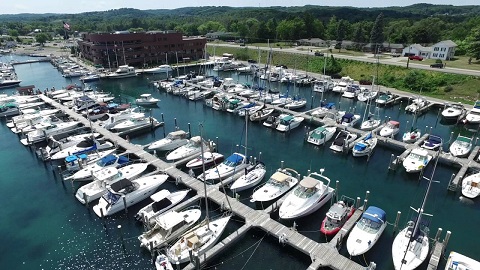The Difference Between Docks And Slips
by Black Ink Team

The biggest aquatic faux pas you can ever make is when you pull your boat up to a 'slip' or a 'dock' and you refer to it as the opposite thing. These two pieces of lingo refer to two entirely different things; so, to keep yourself from running aground (linguistically-speaking) it is imperative that you study this webpage carefully.
Marine architecture facilitates boarding and launching boats/ships. In addition, it provides vessels with protection from storms and technicians with platforms on which to perform repairs. It has to be positioned in calm areas protected from waves and high wakes, and needs to be built with tidal movement in mind (nobody will patronize your marina if your gangways are floating too high up in the air, or submerged underneath the water, depending on the Lunar forces).
Docks are easier for beginner boat drivers to navigate to, around, and from. This is because they are open on three sides. Basically any structure or peice of land that has multiple moorings and is located next to deep enough water can be considered a dock. It is not advisable to park your vessel at a dock overnight, unless you have checked the forecast and deployed proper cushioning, because this makes it vulnerable to swells. Docks are much more convenient than slips if all you want to do at one of them is park quickly, load some stuff, then disembark.
Slips consist of multiple piers and are only open on one side. When you go to a marina, especially a nice one, chances are you will find a series of slips. The reason is they grant vessels more security and their owners more access. Inexperienced boat drivers may need a few do-overs to land inside a slip without hitting the sides. In addition to guarding vessels more, slips also are more substantial bulwarks to shorelines than docks.
Now, hopefully being able to tell the distinction will remain within your wheelhouse.
